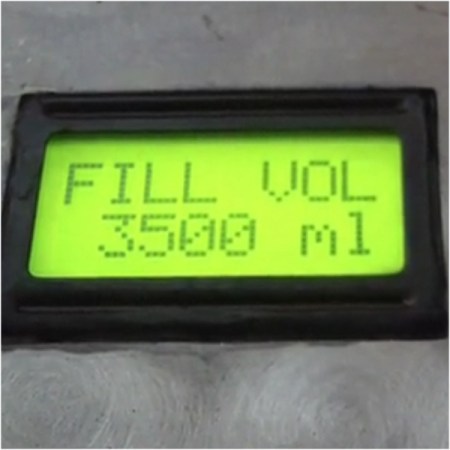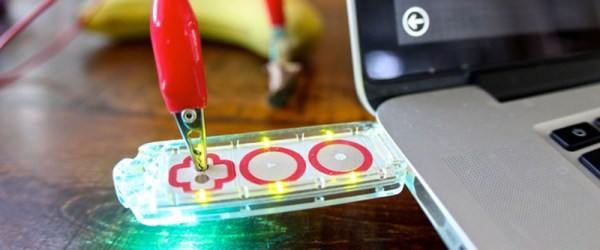Back in the mid-70s, [Paul Horowitz] (who has an incredible Wikipedia entry, by the way) started teaching Physics 123 at Harvard. Simple electronic circuits, solving problems with silicon; simple stuff like that. His lecture and lab notes started getting a following, and after Xeroxing a few dozen copies, he realized he had written a book. It was The Art of Electronics, and Ladyada interviewed this master of hand drawn schematics. A great interview and great camera work, too.
Like hackathons? How about one at CERN? It’s happening October 2 through October 4. The aim this year is to have a humanitarian and social impact thanks to technology. The projects last year were very good; everything from cosmic ray detectors to a $10 inflatable fridge for field operations.
You want viral advertising for your movie? This is how you do viral advertising for your movie. It’s Hackerman’s Hacking Tutorials, and we’d really like to know how they did the 80s graphics with modern computers. It’s not like you can just go out and buy a Video Toaster these days…
Previously available only through group buys, the Flir Lepton module is now available at Digikey.
We have hit the singularity. We have stared into the abyss, and the abyss has stared into us. There was a kickstarter to fund a trailer for another, bigger kickstarter. Relevant xkcd right here.
The Tymkrs had a lamb roast, and what better way to do that than with a huge lathe? Put some charcoal on the ways, turn it at a low RPM, and eventually you’ll have a meal. Bonus points for the leaf blower manifold, a gold star for carving it with a sawzall.















